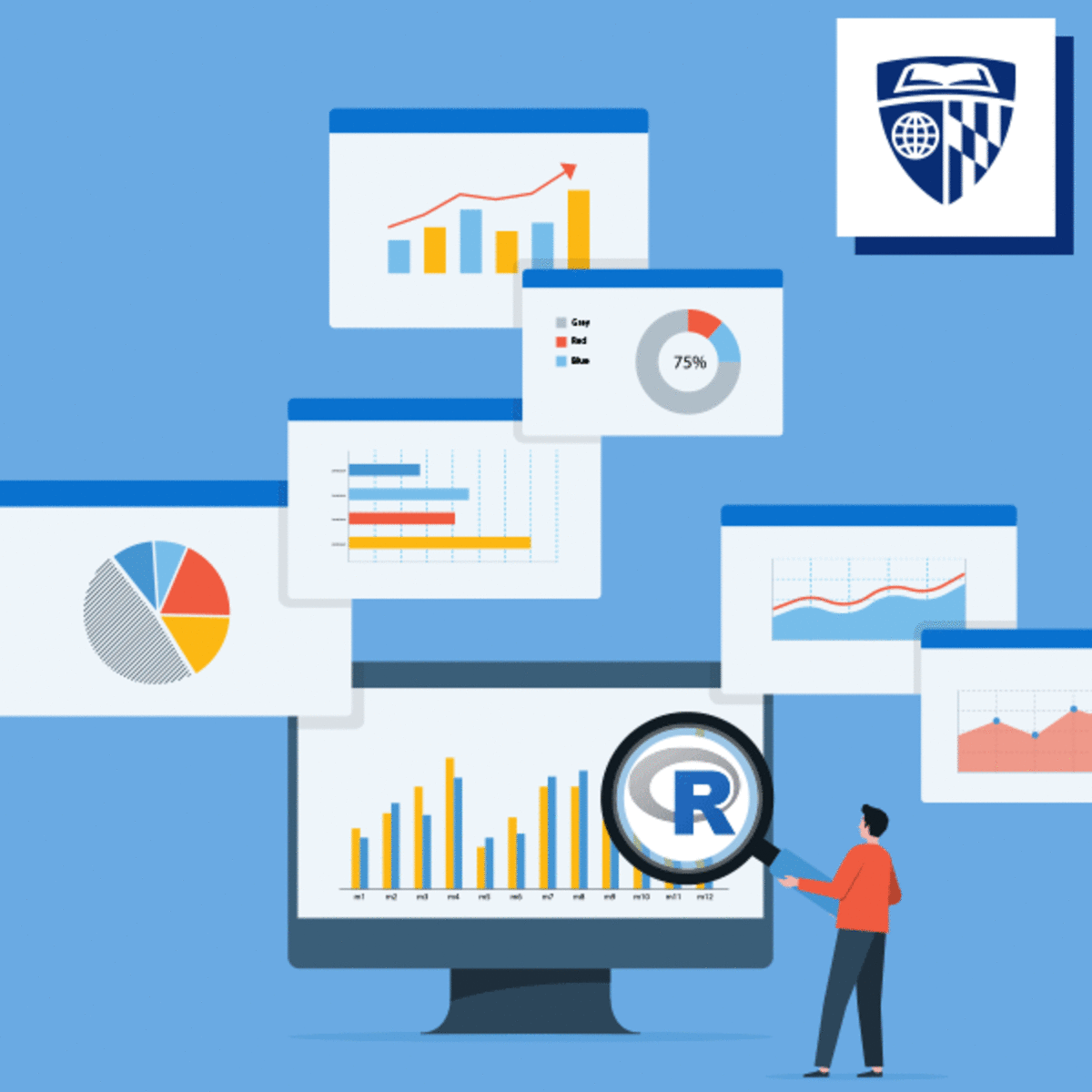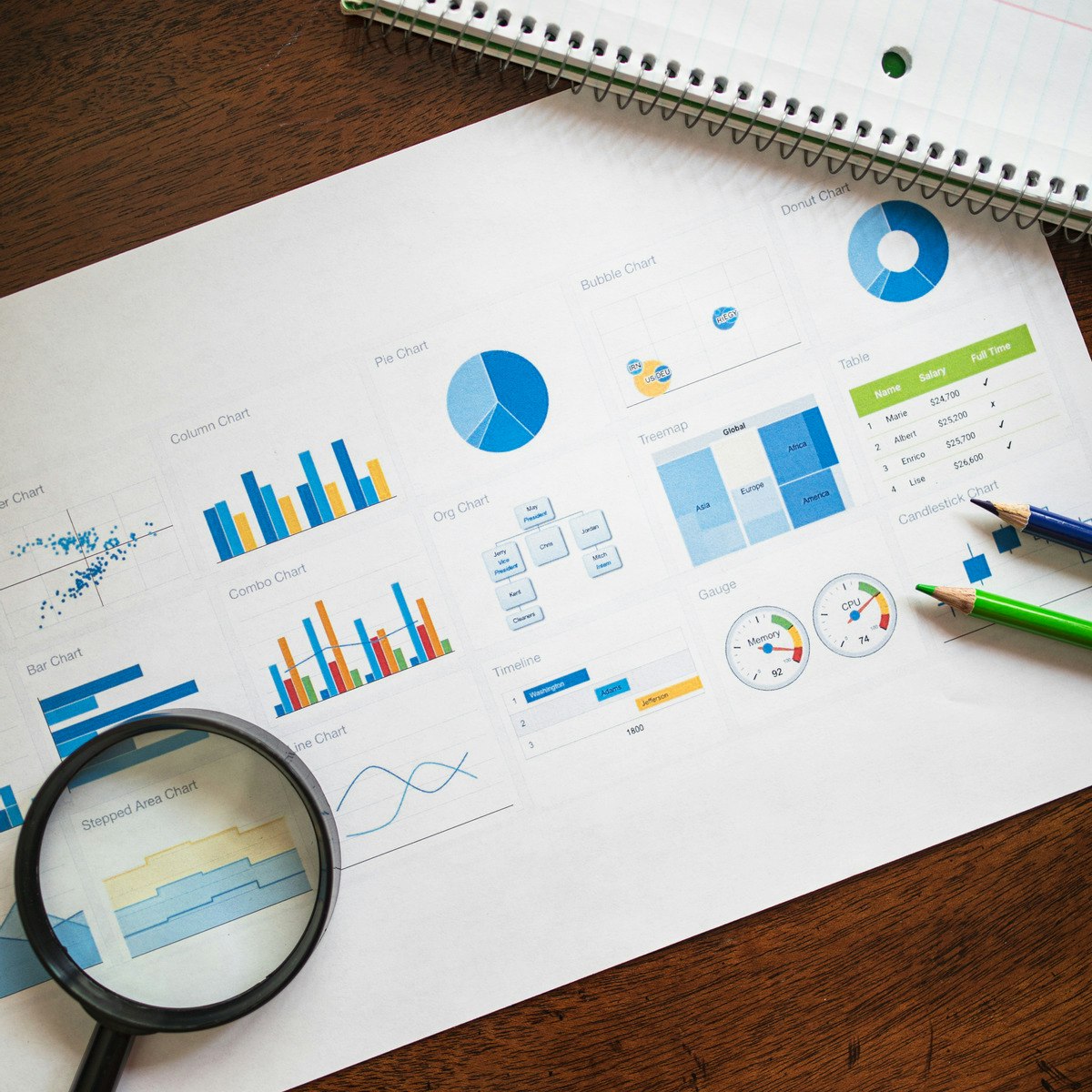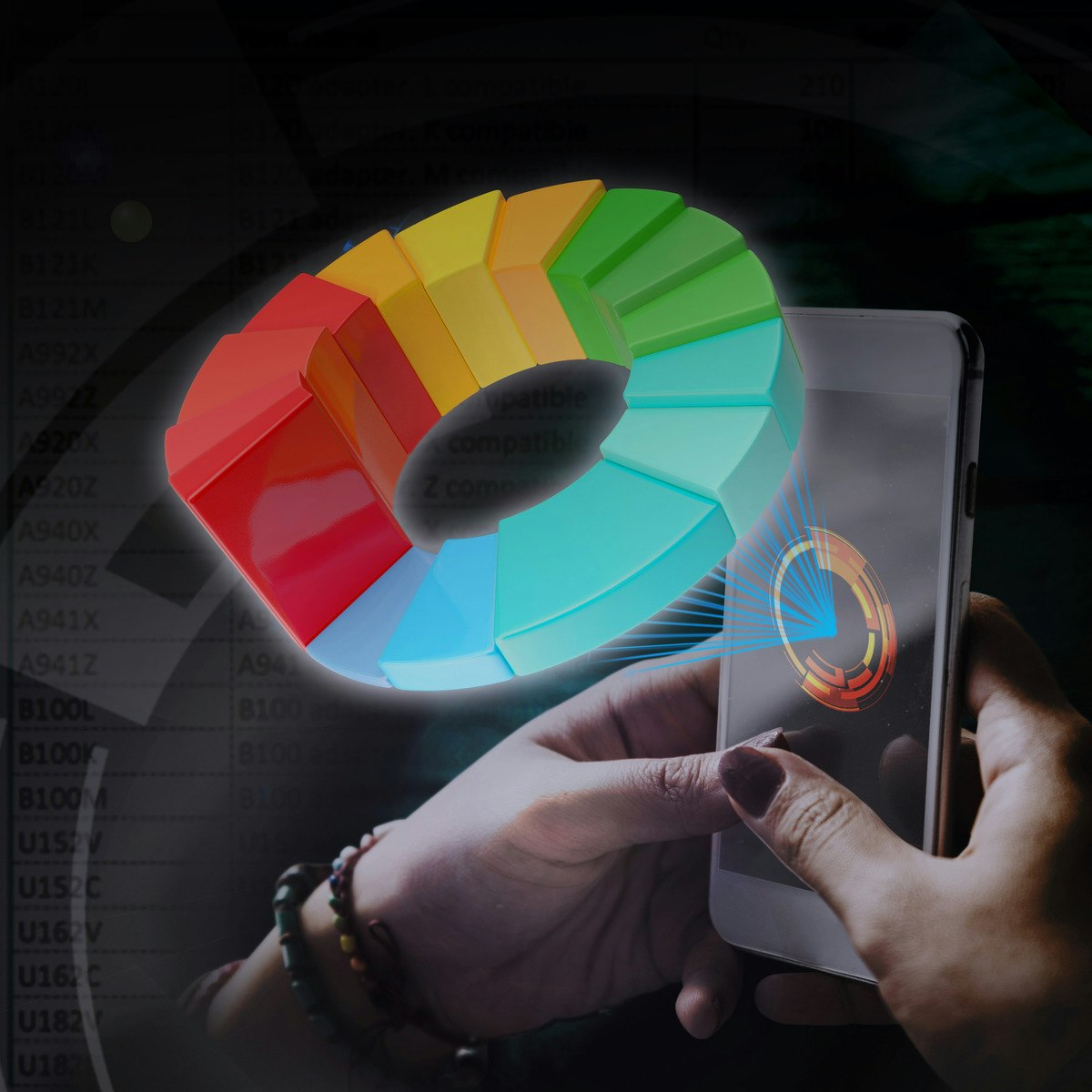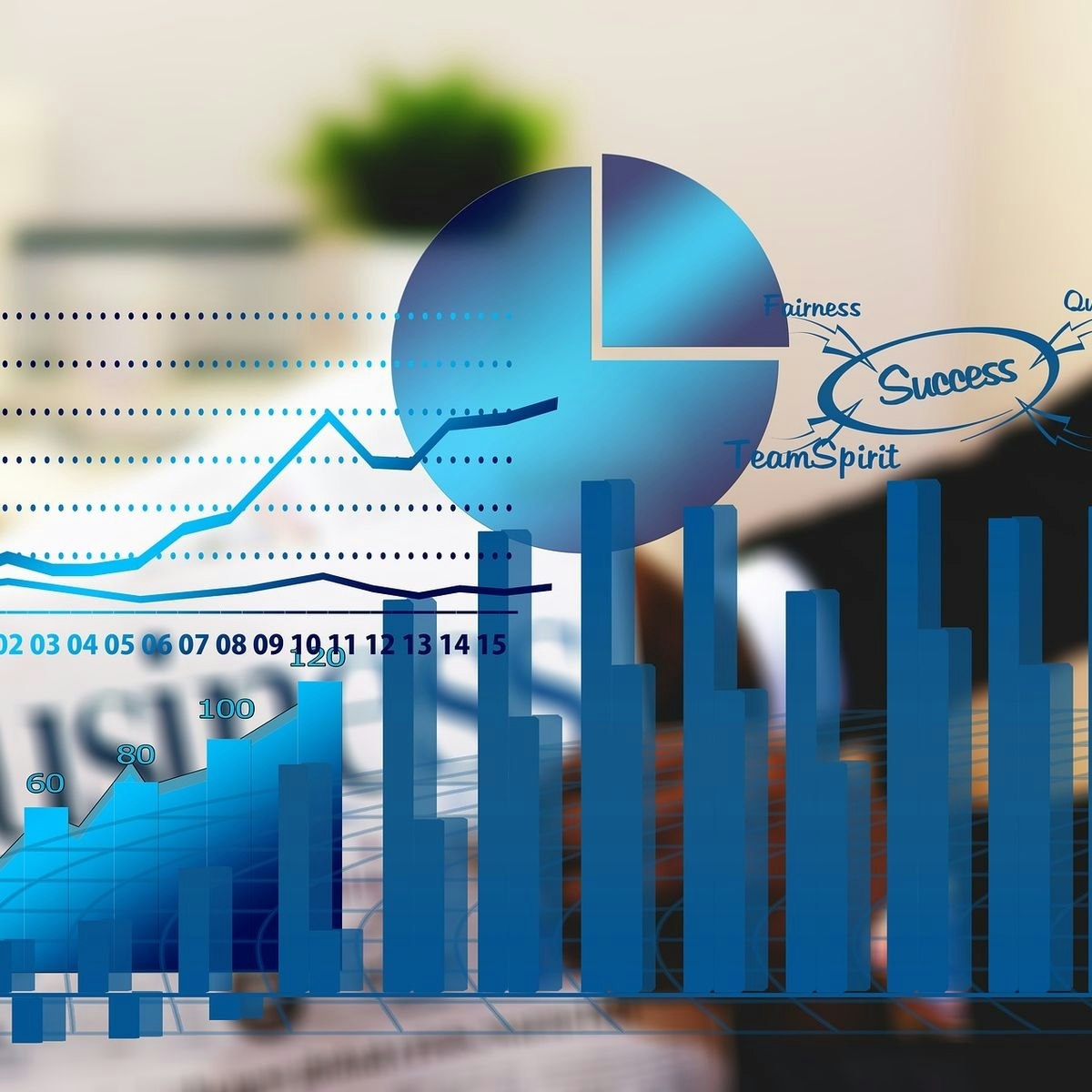Back to Courses









Data Analysis Courses - Page 97
Showing results 961-970 of 998

Prediction Models with Sports Data
In this course the learner will be shown how to generate forecasts of game results in professional sports using Python. The main emphasis of the course is on teaching the method of logistic regression as a way of modeling game results, using data on team expenditures. The learner is taken through the process of modeling past results, and then using the model to forecast the outcome games not yet played. The course will show the learner how to evaluate the reliability of a model using data on betting odds. The analysis is applied first to the English Premier League, then the NBA and NHL. The course also provides an overview of the relationship between data analytics and gambling, its history and the social issues that arise in relation to sports betting, including the personal risks.

Data Visualization in R with ggplot2
Data visualization is a critical skill for anyone that routinely using quantitative data in his or her work - which is to say that data visualization is a tool that almost every worker needs today. One of the critical tools for data visualization today is the R statistical programming language. Especially in conjunction with the tidyverse software packages, R has become an extremely powerful and flexible platform for making figures, tables, and reproducible reports. However, R can be intimidating for first time users, and there are so many resources online that it can be difficult to sort through without guidance.
This course is the second in a specialization in Data Visualization offered by Johns Hopkins. It is intended for learners who have either have some experience with R and data wrangling in the tidyverse or have taken the previous course in the specialization. The focus in this course learning to use ggplot2 to make a variety of visualizations and to polish those visualizations using tools within ggplot as well as vector graphics editing software. The course will not go into detail about how the data management works behind the scenes.

Fundamentals of Database Systems
In this project you will learn to identify the components of a database system, also sometimes referred to as an information system. As you examine a database system and diagram a database, you will gain an understanding of how those components interact and fit together. The overall purpose of the database system is to store and provide access to secure, relevant, timely, accurate data which can be presented as information used for making business decisions. Whether you are in Information Technology or an end user, understanding how data is used by your organization makes you a more valuable employee. This project now has an optional challenge activity and an optional capstone activity to give you opportunities for extra review and practice!

Introduction to the Tidyverse
This course introduces a powerful set of data science tools known as the Tidyverse. The Tidyverse has revolutionized the way in which data scientists do almost every aspect of their job. We will cover the simple idea of "tidy data" and how this idea serves to organize data for analysis and modeling. We will also cover how non-tidy can be transformed to tidy data, the data science project life cycle, and the ecosystem of Tidyverse R packages that can be used to execute a data science project.
If you are new to data science, the Tidyverse ecosystem of R packages is an excellent way to learn the different aspects of the data science pipeline, from importing the data, tidying the data into a format that is easy to work with, exploring and visualizing the data, and fitting machine learning models. If you are already experienced in data science, the Tidyverse provides a power system for streamlining your workflow in a coherent manner that can easily connect with other data science tools.
In this course it is important that you be familiar with the R programming language. If you are not yet familiar with R, we suggest you first complete R Programming before returning to complete this course.

Data Visualization using Microsoft Excel
Have you ever been asked to create a report based on a lot of data and you did not know where to begin? Or, you simply needed to demonstrate data from different sources all in one place with minimum effort? By the end of this project, you will learn how to operate data to generate a report and demonstrate information in a comprehensive visual way in Microsoft Excel.
In this project, you will create a free account on Microsoft 365, you will get access to Microsoft Excel and use data to generate a report with informative charts that you can present to your audience. Your new skills will help you efficiently make decisions based on a visual data presentation.
Excel Skills for Business: Intermediate II
Spreadsheet software remains one of the most ubiquitous pieces of software used in workplaces across the world. Learning to confidently operate this software means adding a highly valuable asset to your employability portfolio. In this third course of our Excel specialization Excel Skills for Business you will delve deeper into some of the most powerful features Excel has to offer. When you have successfully completed the course you will be able to
Check for and prevent errors in spreadsheets;
Create powerful automation in spreadsheets;
Apply advanced formulas and conditional logic to help make informed business decisions; and
Create spreadsheets that help forecast and model data.
Once again, we have brought together a great teaching team that will be with you every step of the way. Nicky, Prashan and myself will guide you through each week. As we are exploring these more advanced topics, we are following Alex who is an Excel consultant called in by businesses that experience issues with their spreadsheets.

Python Optical Character Recognition using Pytorch
Note: The rhyme platform currently does not support webcams, so this is not a live project.
This guided project is about optical character recognition using Pythorch, a Python library. This comes under the computer vision domain.
While you are watching me code, you will get a cloud desktop with all the required software pre-installed. This will allow you to code along with me. After all, we learn best with active, hands-on learning.
Note: This project works best for learners who are based in the North America region. We’re currently working on providing the same experience in other regions.

Advanced Models for Decision Making
Business analysts need to be able to prescribe optimal solution to problems. But analytics courses are often focused on training students in data analysis and visualization, not so much in helping them figure out how to take the available data and pair that with the right mathematical model to formulate a solution. This course is designed to connect data and models to real world decision-making scenarios in manufacturing, supply chain, finance, human resource management, etc. In particular, we understand how linear optimization - a prescriptive analytics method - can be used to formulate decision problems and provide data-based optimal solutions. Throughout this course we will work on applied problems in different industries, such as:
(a) Finance Decisions: How should an investment manager create an optimal portfolio that maximizes net returns while not taking too much risks across various investments?
(b) Production Decisions: Given projected demand, supply of raw materials, and transportation costs, what would be the optimal volume of products to manufacture at different plant locations?
(c) HR Decisions: How many workers need to be hired or terminated over a planning horizon to minimize cost while meeting operational needs of a company?
(c) Manufacturing: What would be the profit maximizing product mix that should be produced, given the raw material availability and customer demand?
We will learn how to formulate these problems as mathematical models and solve them using Excel spreadsheet.

Classify Text into Categories with the Natural Language API
This is a self-paced lab that takes place in the Google Cloud console. In this lab you’ll learn how to classify text into categories using the Natural Language API.

R Programming and Tidyverse Capstone Project
In this third and final course of the "Expressway to Data Science: R Programming and Tidyverse" specialization you will reinforce and display your R and tidyverse skills by completing an analysis of COVID-19 data! Here is a chance to apply your skills to a real-world dataset that has effected all of us.
Throughout the capstone, you will import COVID-19 data; clean, tidy, and join datasets; and develop visualizations. You will also provide some analysis and interpretation to your results, preparing you for your journey into data science. By the end of the course, you will have developed a report that you can add to or use to begin a data science portfolio.
The course logo was created using images of stickers from the RStudio shop. Please visit https://swag.rstudio.com/s/shop.
Popular Internships and Jobs by Categories
Browse
© 2024 BoostGrad | All rights reserved


